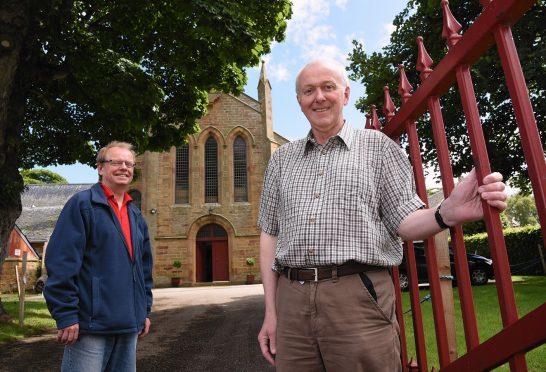A Sutherland church has lodged plans to replace its ageing roof – turning to Spain for some of the materials.
The current roof at Dornoch Free Church is original and dates back to when the building was built in 1843.
However, it is now deemed to be in poor condition and an independent assessment recommended replacing it as “a matter of urgency”.
The B-listed church was built at the time of the formation of the Free Church denomination.
The roof project is part of a wider renovation, the first phase of which was completed in 2014.
But replacing the roof and its associated drainage are now the most pressing concern for the church.
Previously permission has been sought to replace the roof in traditional Welsh slate, similar to what currently – but production delays at the main quarry at Penryn has had a severe impact on supply.
Mark Robinson, a churchgoer who has been appointed one of the project managers, said the lack of supply could push the project back more than six months – taking it into the winter months and prospect of bad weather leading to further delays.
He said: “The 174-year-old roof is clearly failing as evidenced by the independent roof and even cursory visual examination of the slates that have failed already.”
He argued that community space in the town is already “at a premium” and said the loss of the church, used daily by various groups, is “unthinkable”.
The church is now proposing salvaging and reusing as much of their Welsh slate as possible – and filling the shortfall with heavy Domiz slate from Spain.
It is a similar colour to that mined from a now defunct quarry in Wales and is used around the world.
Mr Robinson said: “This slate has already been approved by Highland Council for use within the Dornoch conservation area, namely the prestigious Links House development in Golf Road less than 100m from the church and next to one of the top five golf courses in the world.
“This same slate has been approved on a category B-listed building by Dumfries and Galloway Council.”
The project is being funded by a £56,400 grant from the listed places of worship roof repair fund, run by the UK Government
